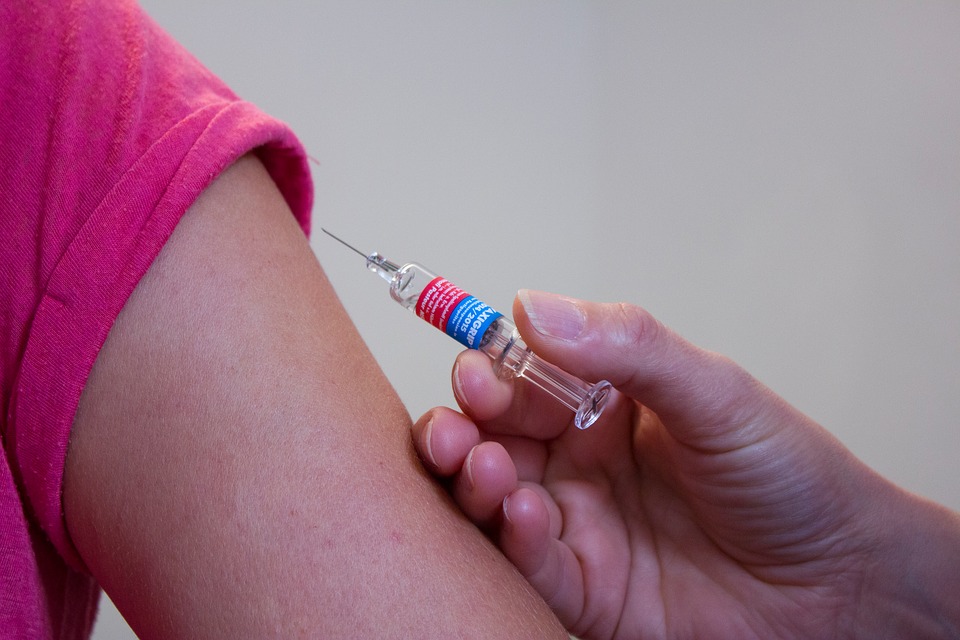University of Jyväskylä Stock Image. CREDIT Photo: Jouni Kallio.
Arthritis is the most common cause of chronic pain and disability in the world. While no good structure modifying drugs are available to prevent or treat osteoarthritis, various forms of therapeutic exercise have been shown to be useful in relieving pain and improving physical functionality. A recent study uses data science and mathematical models to find the most suitable rehabilitation method for each patient.
A novel method, developed in collaboration between the Faculty of Information Technology and the Faculty of Sport and Health Sciences at the University of Jyväskylä, supports healthcare professionals in comparing and choosing the most preferred type of exercise based on a osteoarthritis patient’s personalized needs.
“The research will help us move towards more personalized treatment and therapy recommendations. Our method can help healthcare professionals to find the most appropriate rehabilitation method for each patient, which best meets the patient’s needs,” says Professor Kaisa Miettinen from the University of Jyväskylä.
Osteoarthritis is the most usual form of arthritis and a leading source of chronic pain and disability worldwide. Knee osteoarthritis causes a heavy burden to the population, as pain and stiffness in this large weight-bearing joint often lead to significant disability requiring surgical interventions.
Various exercise therapy modalities have shown their effectiveness in pain reduction, disability improvement, and enhancing the quality of life.
“There are slight differences in the effectiveness between different exercise therapy modalities, but in practice the choice of treatment is also influenced by, for example, the length and costs of treatment. Previously, there has not been tool available to support clinical decision-making that would seek the most suitable alternative for an individual patient,” Miettinen says.
This study is the first application of multiobjective optimization methods to support decision-making and treatment analysis in knee osteoarthritis that can take into account multiple and conflicting treatment goals.
“The novelty in the current results can be counted as the new wave of digitalization and decision analytics that connect researchers from different disciplines to make the best use of data and improve traditional methods to select intervention types that should be most beneficial and cost-effective for each patient,” says Miettinen, summing up the benefits of the study.


